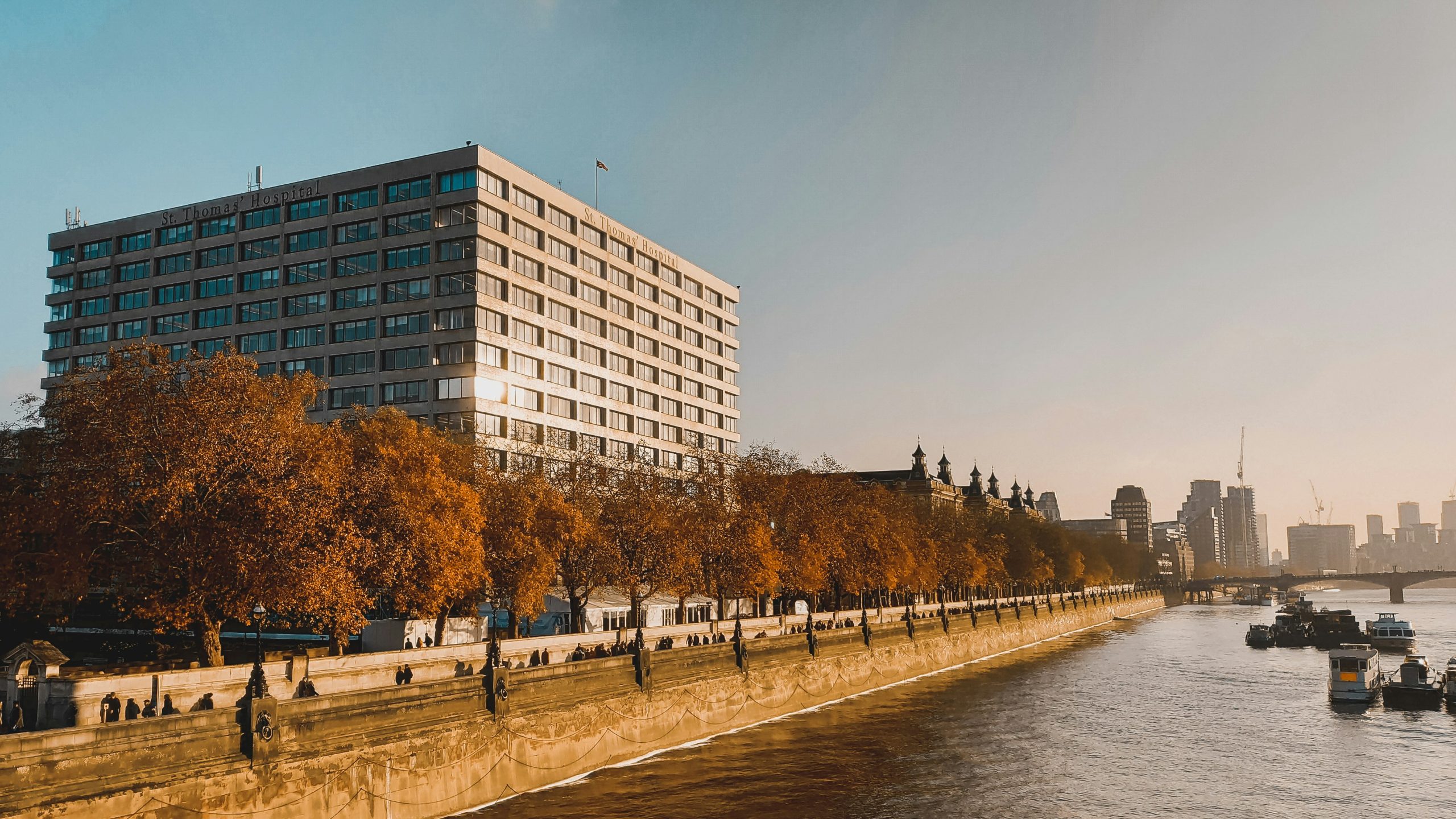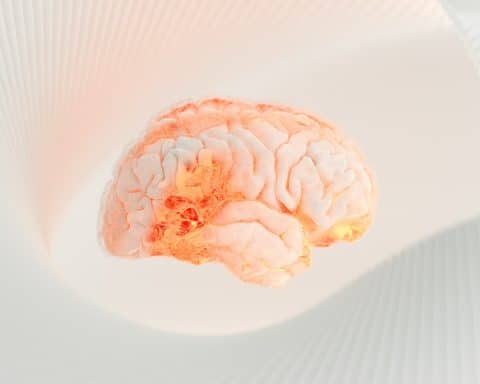John Howie is a retired GP and Emeritus GP Professor in Edinburgh. He attended the first ever (informal) Annual Scientific Meeting for Academic GP Departments in 1972 and was the first Secretary of AUTGP, later becoming Chairman.
George Freeman is a retired GP and Emeritus GP Professor in London. He attended his first ASM in 1974 and organised the first formal Scientific meeting in 1975. He later became Secretary.
Heather Heath is Archivist at the RCGP
General Practice and Universities in Britain: An archive about the development of general practice as an academic discipline
John Howie is the last survivor of the ‘founding fathers’ of the Association of University Teachers of General Practice (AUTGP) and was its first secretary at the crucial setting up stage. He maintained an Archive of all the early meetings that then evolved into ‘official’ AUTGP meetings. Although these records were passed on through successive Secretaries, most had been lost by the time the SAPC set up a permanent secretariat early in the new millennium. Fortunately GKF retained a number of duplicate copies from the earliest years, and these have now been transferred to this Archive.
George K Freeman, then in Southampton, was the third AUTGP Secretary (1986-91). Too young to attend the first two ASMs, he was present at the third to witness and vote for the setting up of the Association, and was the organizer of the fourth, in Southampton in 1975 when the first constitution was ratified.
As authors, we (John Howie & George K Freeman) bring to the venture lived experience of the time period covered by the Archive, both having been Secretaries of the AUTGP in its early years, and both having worked in University Departments of General Practice and as principals in general practice for several decades, much of that time in leadership roles. Where we offer interpretation or opinion, we take full personal responsibility for what we have written.
The complete Archive is available through Heather Heath, the RCGP Archivist (The email is heritage@rcgp.org.uk). Some of the referenced material is now available in digital format, and more will be in due course. Asterisked references, held in hard copy in the RCGP library, are also available online; most are also available in Medical School Libraries.
There are three reasons why we have prepared this Archive: Firstly, it celebrates the 50th anniversary of the first Scientific Meeting of University Departments of General Practice in Cardiff in 1972. Second, it traces the development of the Departments’ scientific body from its earliest stages as the Association of University Teachers of General Practice (AUTGP) to its present life as the Society of Academic Primary Care (SAPC), covering a period of some 50 years in the process. The third reason is that new recruits to the world of academic primary care/general practice are telling us of difficulties they are facing as they embark on their new careers. We hope that within the Archive, they might be reassured by finding parallels to the past experiences of others, and encouragement to make their own contributions to improving the future for those who will follow them in the years ahead.
General Practice and Universities in Britain – Part 1: General practice as an academic discipline
The general practice chair set up in Edinburgh in 1963 was the first in the world.
General practice is arguably the archetypal and oldest branch of Medicine. The first doctors were all in effect general practitioners (GPs). But the academic discipline – taught and researched in universities is one of the youngest. The general practice chair set up in Edinburgh in 1963 was the first in the world. And while growth and development has followed rapidly, general practice is still one of the smallest disciplines – even more so in view of the large numbers of GP clinicians.
Perhaps the best definition of an Academic/University Discipline is that published by Ian McWhinney in the Lancet of 1966.1 It has four components:
- a unique field of action.
- a defined body of knowledge.
- an active area of research; and
- a training which is intellectually rigorous.
In 1975, Ian Richardson added a fifth criterion: a distinctive philosophy.2
The time when this started to happen for General Practice can be variously placed.3
Possible dates include:
- 1919: James Mackenzie retired from General Practice in Burnley and established his Institute of General Practice in St Andrews.4
- 1948: The University of Edinburgh took over the Edinburgh Dispensary Practice on the first day of the NHS and set the processes in motion which led to the creation of the first independent Department of General Practice in the world (1956), followed by the first Chair of General Practice in the world (Richard Scott 1963).
- 1952: the foundation of the College of General Practitioners (from 1967, the Royal College of General Practitioners – RCGP, referred to here as ‘the College’).
- 1961: the inclusion of the Journal of the College of General Practitioners in the Index Medicus listing of scientific publications; and
- 1966: when the NHS ‘Charter for General Practice’ was introduced, completely changing the landscape of General Practice in Britain. This opened the way ahead to unlock its evolution from John Brotherston’s ‘Cottage Industry’ into a force for delivering a contemporary and progressively relevant partner to the already well-established national system delivering Secondary (specialist) Care.
The Undergraduate Education Committee of the College: 1952 to around 1970
Undergraduate Education was a priority for the College from its first days. It was promoted by its Undergraduate Education Committee with the remit ‘to assist in the training of undergraduate students for general practice’. Its strategy was to promote the establishment of a Department of General Practice in each UK Medical School, to ensure that teaching took place in general practices, and that that teaching was undertaken by general practitioners.
…senior lecturers in general practice were paid on the non-consultant (i.e. lower) clinical scale, significantly reducing the attractiveness of these posts, and making it almost impossible to persuade established GP principals to exchange an NHS career for an academic one.
By 1972, significant progress had been made.5 Most of the early Departments started under the umbrella of Departments of Public Health/Community Medicine (a few were in Internal Medicine). In 16 Departments at least one post holder was recognised as a lecturer/senior lecturer in general practice, and some teaching in the general practice setting was available in the majority of Medical Schools.
The six largest Departments were based in Edinburgh, Manchester, Southampton, St Thomas’s and Guy’s Hospital Medical Schools in London, and in Cardiff. These were soon joined by Belfast. All were constructed round working general practices. Their Medical Schools had worked on the assumption that income from service work would largely pay for the cost of running these Departments, but this proved not to be the case. In addition, the requirements for clinical academic staff to be directly available to their patients for most of the working week (unlike in hospital disciplines where tiers of junior NHS staff released senior clinical academic staff to undertake teaching and research), significantly reduced the hoped-for academic output from the new Discipline.
Furthermore, senior lecturers in general practice were paid on the non-consultant (i.e. lower) clinical scale, significantly reducing the attractiveness of these posts, and making it almost impossible to persuade established GP principals to exchange an NHS career for an academic one.
Independence from the College
The College’s other educational interest was in Postgraduate Education and following the 1966 Charter this became its principal educational focus, with Vocational Training, standard setting and the MRCGP examination taking centre stage. The new Regional Advisors (appointed through the postgraduate departments of Medical Schools) were heavily represented on College Council, and soon came to hold virtually all the Senior Offices in the College. The new university departments were never primarily responsible for Postgraduate GP Education.
Not surprisingly, the Senior Academics on the Undergraduate Education Committee began to look for a new locus from which to take forward their political and academic difficulties within the University system.
Two parallel initiatives emerged. One was the calling of the first Annual Scientific Meeting (ASM) of the staff of the new University Departments in 1972. The second was the emergence of what was to become the Association of University Teachers of General Practice (AUTGP). This started with informal meetings of the then Heads of Departments around 1971, and by 1974 general practice academics were ready to establish their own professional association. An ad hoc meeting was called during the third ASM in Aberdeen where those present (some 40 in number) voted in a small Executive Committee and authorised it to draw up a Constitution to be ratified at the 1975 ASM in Southampton.
References
1. McWhinney I.R. General Practice as an academic discipline. Lancet, I, 1966: 419-23. *
2. Richardson I.M. The value of a university department of general practice. BMJ, iv, 1975: 740-2. *
3. Pereira Gray D.J. (ed), Forty Years On: The Story of the First Forty Years of the Royal College of General Practitioners, London, RCGP, 1992. 89-107.
4. Howie J, Whitfield M. Academic General Practice in the UK Medical Schools, 1948-2000: A Short History. Edinburgh University Press, 2011. 121.
5. Byrne PS. University departments of general practice and the undergraduate teaching of general practice in the United Kingdom in 1972. JRCGP 1973;23: Supplement No. 1. *
Further reading
Loudon, Irvine. Horder, John. Webster, Charles. General Practice Under the National Health Service 1948 – 1997 Clarendon Press, London, 1998.
* Asterisked references, held in hard copy in the RCGP library, are also available online; most are also available in Medical School Libraries.
Featured photo: St Thomas’ Hospital by Abhijit Chirde on Unsplash






